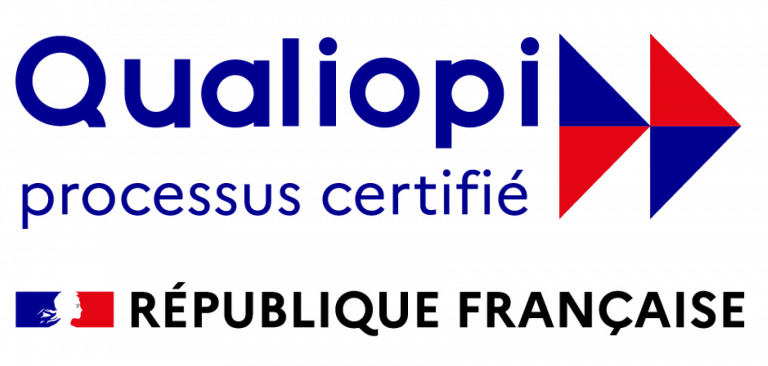10 million¹. This is the average number of windows sold each year in France, 60% of which are replacements for existing windows. The vast majority of replaced joinery is landfilled, joining the 42 million tonnes of waste² produced each year by the construction sector. Faced with this situation, Groupe Janneau has been working to recycle end-of-life joinery since 2021. Introducing a rare initiative in the industrial landscape, which is gaining in recognition.


1000 tons of woodwork recycled each year by 2024
Every year in France, 8 out of 10 windows dropped off by craftsmen at private homes end up in landfill sites, despite the fact that 90% of the material can be recycled. Although collection, dismantling and recycling facilities do exist, they are still too concentrated in certain regions. At the same time, the French law on energy transition for green growth has set a target of increasing the tonnages directed towards recycling or recovery to 65% by 2025. For Groupe Janneau, this is an ambitious target, which can only be achieved if manufacturers get involved.
In this context, Groupe Janneau has been organizing the collection of end-of-life joinery since 2021, taking back all the components to be dismantled. With its own distribution network, Janneau Menuisier Créateur, the manufacturer delivers its products and, at the same time, collects end-of-life joinery for delivery to a dismantling organization, which separates each component: glazing, joints, profiles, hardware, etc. All sorted materials are then transformed into recycled material. All sorted materials are then transformed into recycled material. To date, the Group has tested the service with its subsidiaries, recycling over 150 tonnes of dismantled products in one year. It is now planning to open up the service to its entire network, and aims to recycle over 1,000 tonnes each year.
"Only one other company to date has developed its own collection network. When we set up the system, we wanted to provide a sustainable and above all simple solution to a long-standing problem. Too little end-of-life joinery is recycled, despite the efforts made by local authorities. Especially as the French market is dominated by PVC, which accounted for over 60% of sales last year: a material that recycles very well and which, once crushed and re-extruded, can be used to manufacture new joinery", explains Pierre Bordier, Managing Director of Groupe Janneau.
Federating players and partners
"The aim is not to compete with the work undertaken by specialized companies or unions such as UFME, which this year is stepping up the territorial coverage of collection points, but to complement it by providing a short-circuit solution that is easy to deploy, systematized and sustainable. We hope to inspire other manufacturers to adopt this model. Today, we only collect joinery from our partners' building sites, but it's not inconceivable that in the future we could offer our services to other players. The system is flexible enough to evolve," adds Thomas Bosse, Corporate Development Manager at Groupe Janneau.
Craftsmen in the Janneau Menuisier Créateur network who use the group's recycling service will be awarded the Menuisier Engagé label. The group is thus working to promote a virtuous economy among its partner installers. "We are still in the early stages. To accelerate the development of the scheme, it's essential to get our entire network of craftsmen on board," adds Pierre Bordier.
Ecodesign, geothermal energy, renewable energy: towards a greener industry
In addition to recyclability, Groupe Janneau is committed to limiting its impact on the environment. Starting with joinery design, the Group works with its suppliers to extend product life, by limiting the impact of time and weather. The choice of materials is also key, whether recycled or bio-sourced, notably for the Oak wood species from French sustainably managed forests. Sourcing is also local and short circuit in the Pays de la Loire region.
Heating will be geothermal, maximizing the use of renewable energies. In order to measure the efforts made and reduce its impact on the environment, the manufacturer plans to draw up its carbon footprint at the end of the year. "We'll need to work with our suppliers to calculate the impact of each element in the value chain. At this stage, we are defining the key indicators that will be measured", concludes Pierre Bordier.
¹Source: study of the French window market in 2019 - P & P Conseil / 2020
²Source: ADEME 2020






